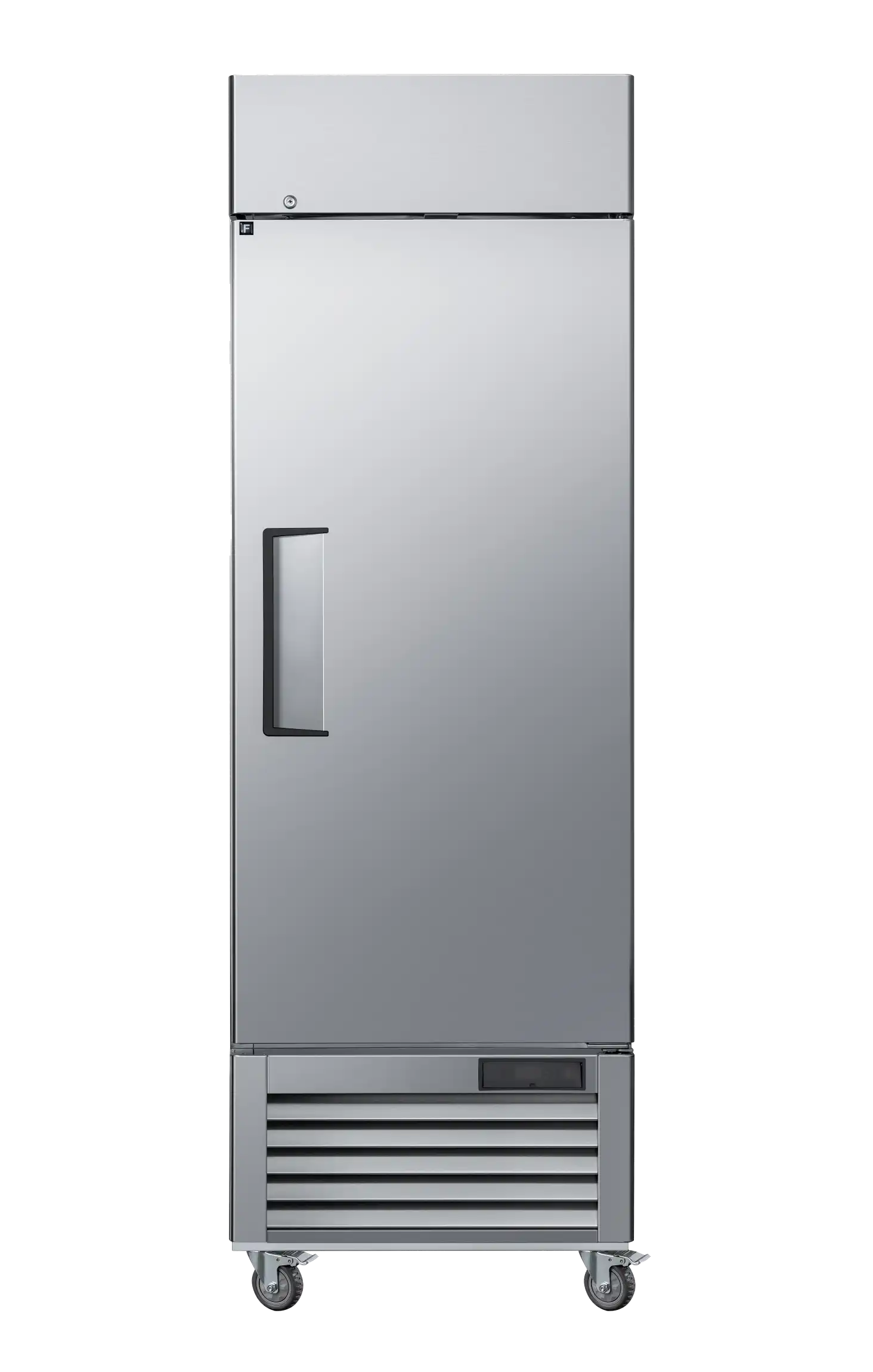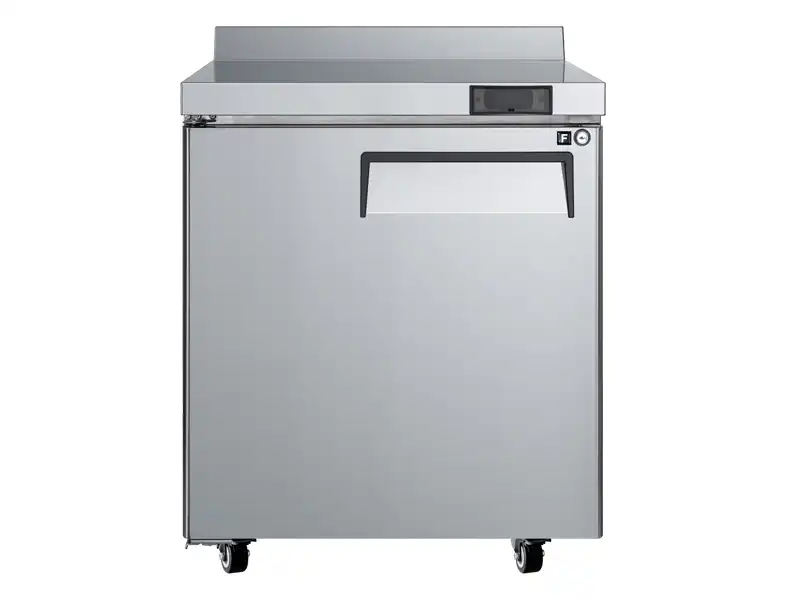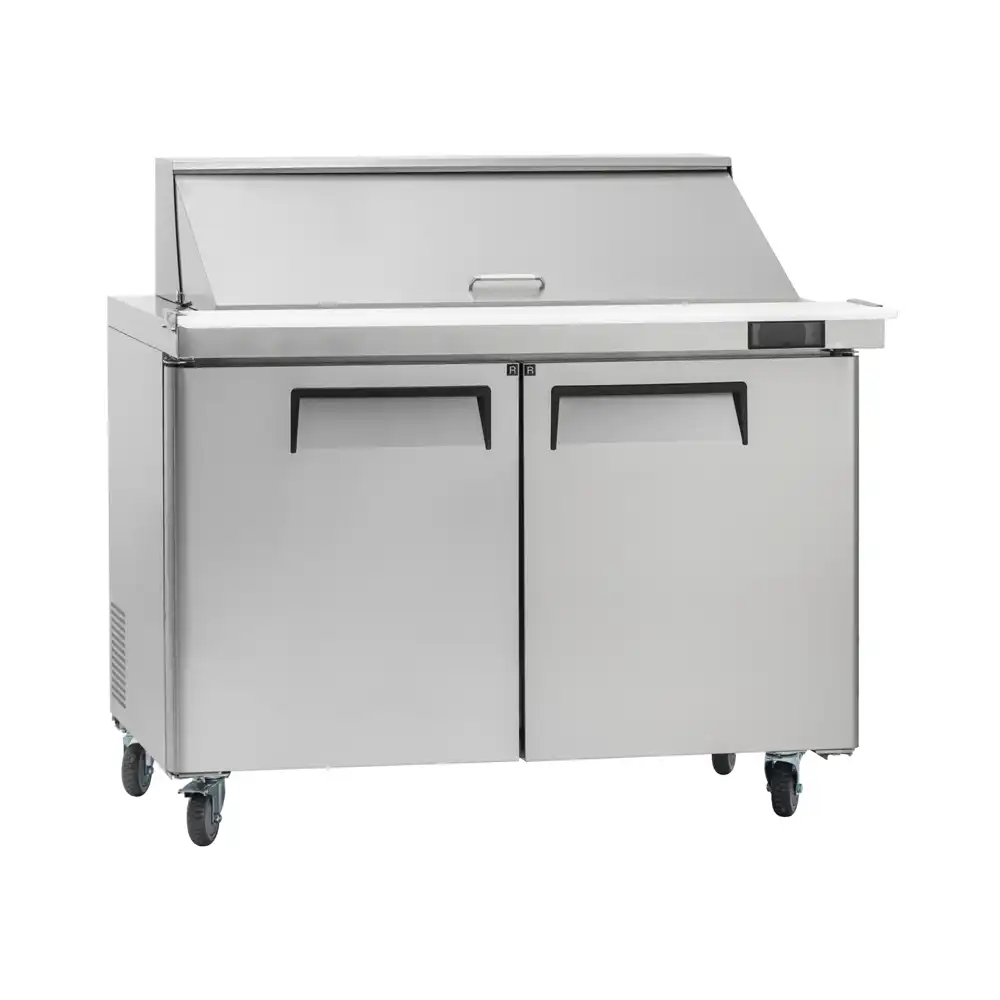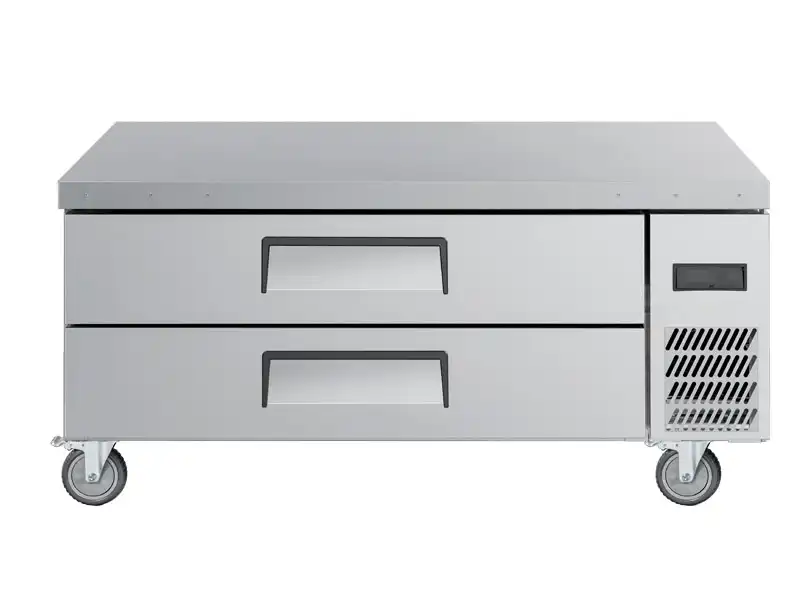Mastering Commercial Kitchen Refrigeration Best Practices

You know, after nearly three decades in the refrigeration game, I’ve seen just about everything when it comes to commercial kitchens. And if there’s one thing I’ve learned, it’s that getting your refrigeration right isn’t just about keeping food cold;…



